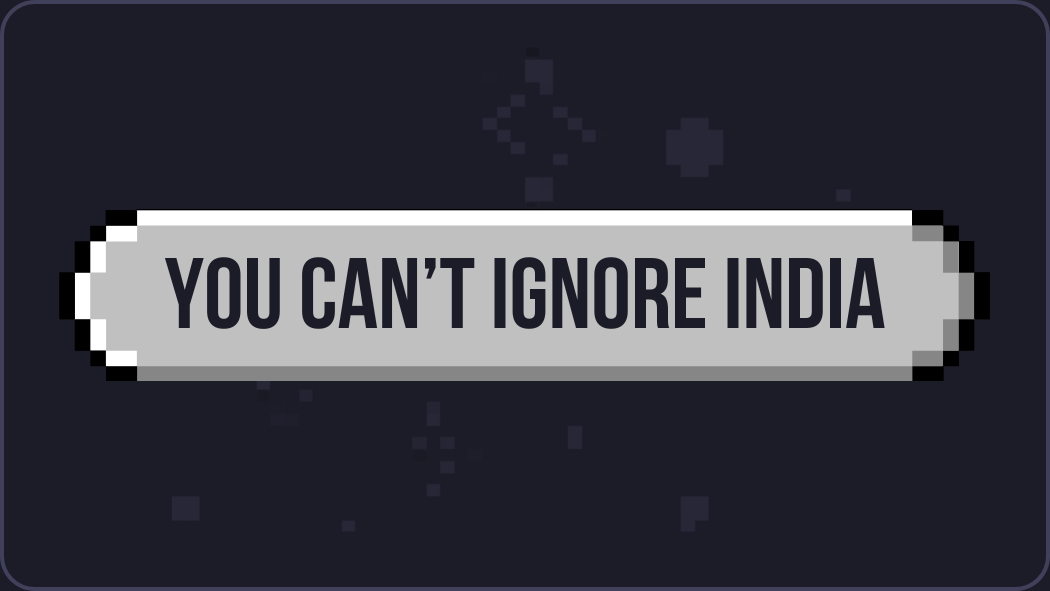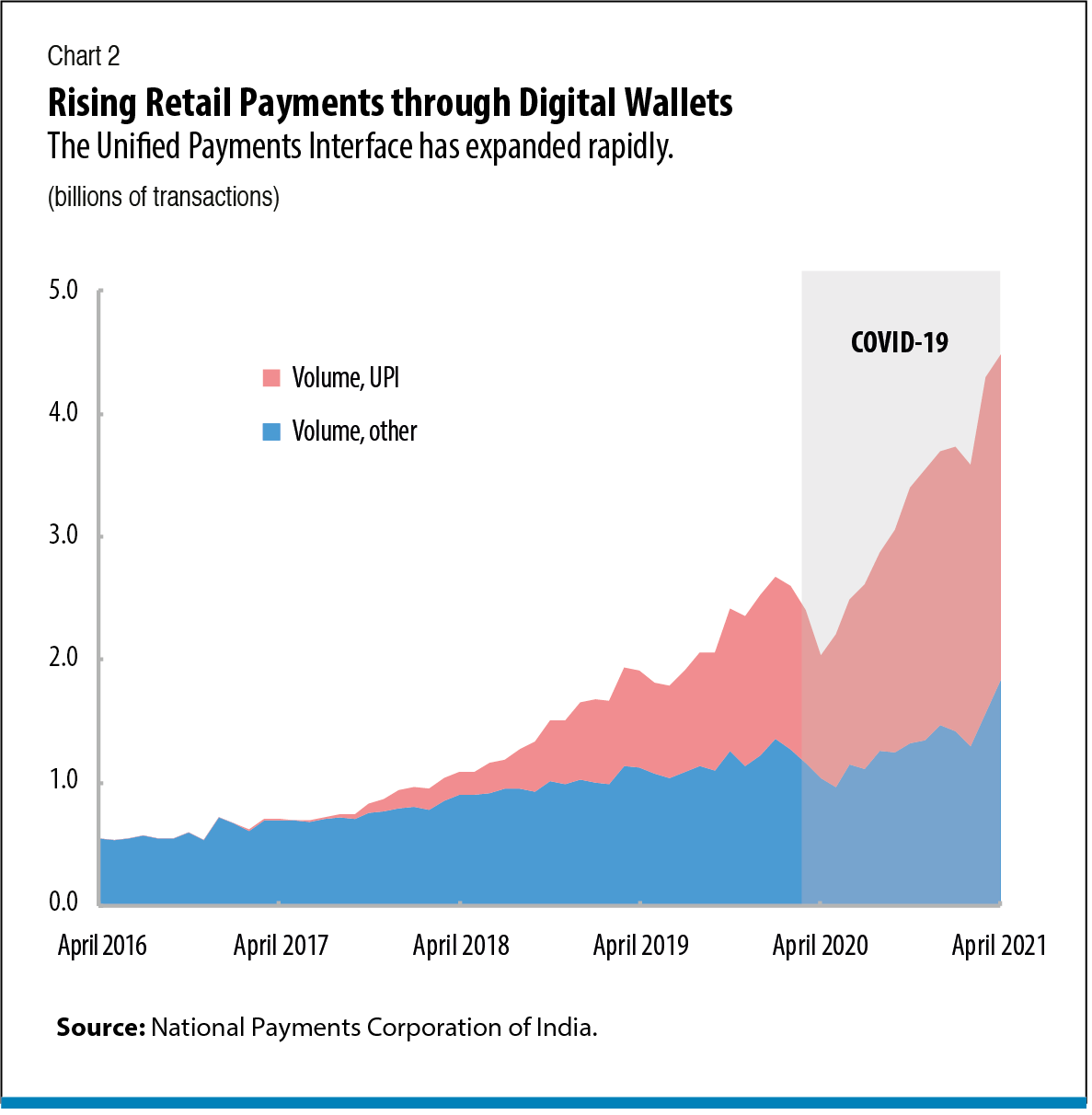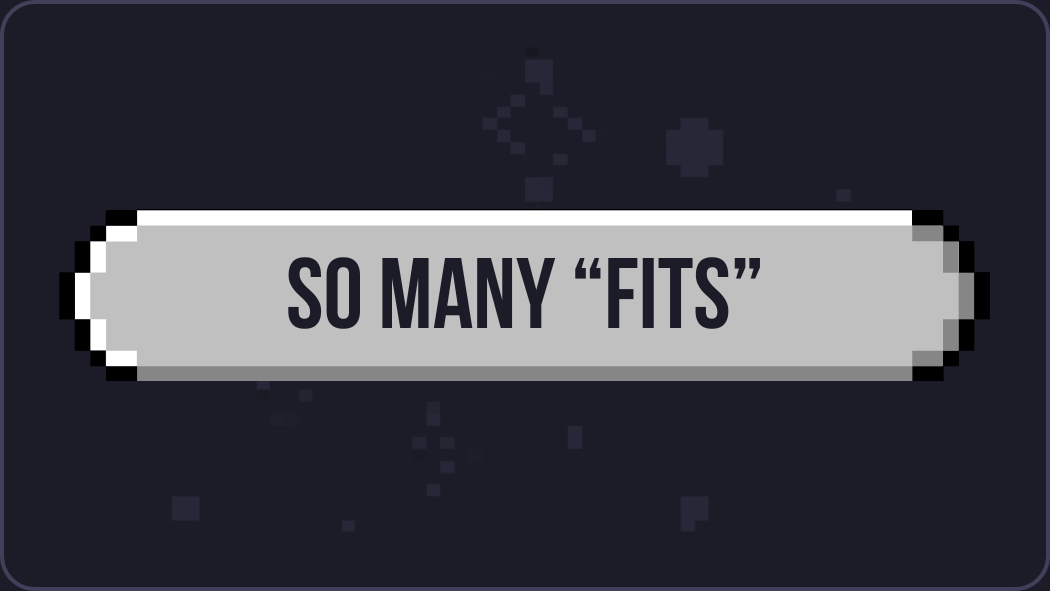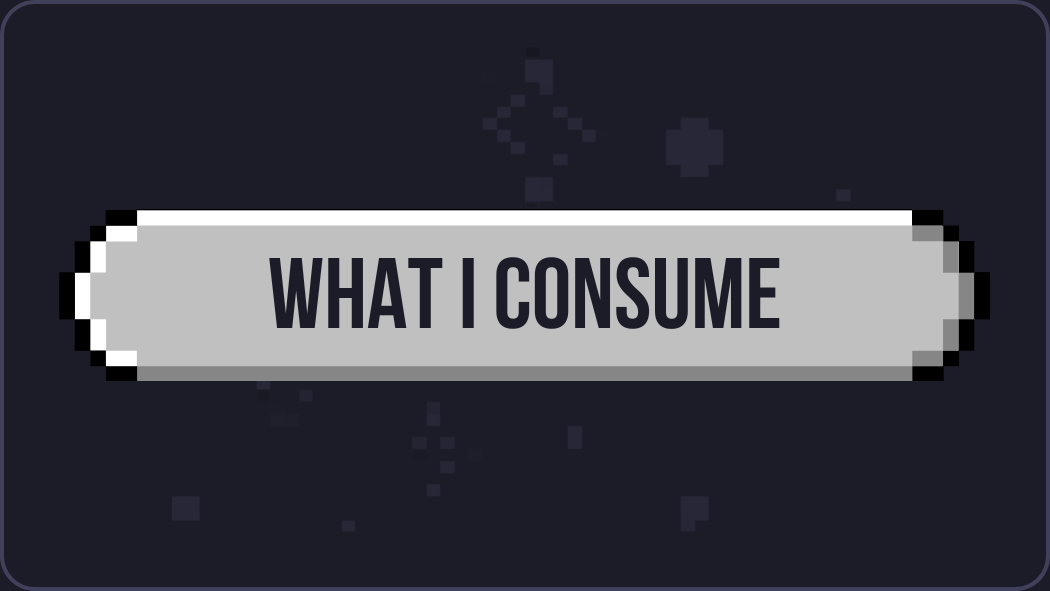Why Everyone Should Pay More Attention to India
As a frequent visitor and a fellow developing country native, I'll walk you through why this colossus, stretching from Himalayas to tropics, is something you should be paying more attention to.

It’s simple arithmetics - if the human race is to flourish on this planet, India’s rise had to happen. So let’s just welcome it. This is the story of India, from conquering the internet to giving money to a beggar with a QR code. Trust me, it's a journey worth taking, even if only on paper—for now.
Lil Bit of Nostalgia
Think about this - Mumbai (600 km²) is smaller than Tbilisi (700 km²).
How many people do you think live there?
23 million!
Yes, more people live in one neighborhood of Mumbai than in the whole of Georgia.
It’s difficult to comprehend the sheer scale of this country. Especially for such a tiny nation as ours. But despite that, there’s something relatable to where India is right now.
We, Georgians, have been here before. We've lived through all this; The corruption, the chaos, the uncertainty. We've gone from utter disorder to an organized and regulated state in what? Like half a decade?
We've seen the change happen really fast, and however impossible it might seem right now, we know it CAN happen.
Now I understand what foreigners feel when they come to Georgia and talk about our potential because they see us as we could be.
I feel something similar when I’m in India. Let’s see if I can make you resonate too.
"India, Who?"
I've made the trip to India enough times to see it upend its old cliches. Yes, it's still a kaleidoscope of colors, spices, and a serpentine dance of chaos and charm, but those who stop at that are missing the point—like enjoying khinkali only for its dough and forgetting about the juice inside.
It's not about the outsourced call centers anymore nor about the dance numbers of Bollywood. Today, India is much more than that. It's an emerging superpower.
And here's the punchline: It's young, unbelievably so. Imagine a country where over half of its 1.4 billion people (yes. India overtook China as the most populous country) are under 25. Imagine the vibrancy, the ambition, the sheer potential. You're getting the idea.
Huge Demographic Dividend
Picture this, a whopping 650 million people, almost 200 times the entire population of Georgia, all under the age of 25! It’s as if an entire Europe decided to transform into youngsters overnight.
Globally, one in five people below 25 is from India. 47% of Indians, about 650 million, are below the age of 25.
And it’s growing. India’s population will peak in 2065. Compare this with China, where the population will peak next year.
The sheer volume of this demographic is shaking things up in ways we can't ignore. And this isn't just about the number game, folks. It's about how these young Indians forging a path that's got me—and should get you—buzzing with curiosity.
This group of young Indians has some unique characteristics.
They were born with a smartphone in their hands and an internet connection. No matter which social class you belong to, a smartphone is an extension of the hand of an Indian.
And they have lived in an India that has averaged about 6 percent annual growth for three decades.
These young Indians are tech-savvy. They have access to global goods and content and want and expect to compete with the world.
Fueling India’s Tech Revolution
While a young nation is a necessary fuel for growth, it’s not enough, you also need an engine.
You see, back in the days when we Georgians were trying to make sense of Post-Soviet realities, India was wrestling with its own challenge: connecting a vast, diverse population. From Himalayan valleys to coastal fishing villages, connectivity was more than just a tech problem—it was a national growth concern.
Here's where the government stepped in, pushing tech initiatives to foster connectivity. The "Digital India" campaign launched in 2015 aimed to make government services available electronically, incentivizing digital literacy in the process. The introduction of Aadhaar, a 12-digit unique identity number based on biometric and demographic data, further expedited digital adoption.
Meanwhile, private players also stepped in. Companies like Jio stormed the telecom scene.
Once considered a luxury, the internet and smartphone are now as vital as, say, chai in India. The country boasts around 700+ million internet users in 2023 and just under 800 million smartphone users.
These handheld portals of connectivity are bridging the rural-urban divide, making tech accessible to every Ram, Raj, and Rahim.
But it doesn’t end there.
Can you imagine shopping at Deserter’s Bazaar in Tbilisi and paying for bananas with a QR code? Or beggars with a QR code sitting next to them for you to scan and transfer them money?
Well, that is what Indians call - UPI. A United Payments Interface, a real-time payment system that allows multiple bank accounts into a single mobile application. It addressed India's complicated relationship with cash transactions, simplifying payments like never before.

Suddenly, Ram from rural Rajasthan could make an online transaction as easily as Rahim from urban Mumbai.
Just like we skipped cheques in Georgia, Indians are skipping over the debit cards.
And the startup scene is going nuts
I've walked the chaotic, yet vibrant streets of Bangalore, also dubbed as India's Silicon Valley, and let me tell you - the energy is entrepreneurial! You've got startups popping up left and right.
Foreign VC and PE funds flowing to Indian startups have been increasing and it launched the era of unicorns in India
As of today, India is home to 108 unicorns with a total valuation of $ 340.80 Bn. In 2021 it produced 43 unicorns, that’s one every nine days.
These startups are not just shaking up the local market but are also earning global recognition. Companies like Zomato, Byju's, and Ola have expanded their services beyond India, going toe-to-toe with international giants.
From fintech to agritech, these startups are not only providing solutions; they're creating opportunities.
Take the e-commerce scene for example. India's e-commerce market is predicted to be worth around $200 billion by 2025. It's transforming retail, pushing businesses to evolve. My trips to the crowded bazaars of Bangalore now include online price comparisons, thanks to ONDC.
Tip: Don’t even think about buying ANYTHING in India that doesn’t have an MRP (maximum retail price) on the packaging. Without it, there’s a good chance a seller is giving you a 200% spike in price.
So! Smartphone usage spiked, e-commerce flourished, and startups found fertile ground to grow. And the main player in this?
This is very strange for Georgian ears but, well - it’s the Indian government.
A Political Rollercoaster From Gandhi to Modi
We Georgians can’t relate to this.
The PM of India has a towering 75% approval rating. Meanwhile, our country is being run by a party with a sad 31% support.
It’s also foreign to us to see the government ACTUALLY driving the growth of the country.
The Indian government isn't just keeping pace with the tech revolution; it's leading it.
But it’s not all sunshine and roses.
India's political scene is a rollercoaster - From Gandhi to Modi.
Mahatma Gandhi, with his spectacles and homespun cloth, championed nonviolent resistance and led India to independence. The Gandhian era was one of nation-building, where unity and brotherhood were not just ideals, they were necessary for survival.
Fast-forward to today, Prime Minister Narendra Modi is at the helm. A far cry from the modest Gandhian simplicity, Modi, with his meticulously trimmed beard and penchant for designer attire, embodies the ambition and dynamism of a new India. He's ushered in an era of bold economic reforms and aggressive global outreach, positioning India as a key player on the global stage.
At the same time, it's true that Modi's government has been accused of increasing authoritarianism, stifling dissent, and promoting policies that discriminate against religious minorities, particularly Muslims. But that’s a discussion for another time.
Bit About Poverty
Let’s address the elephant in the room - poverty.
This must be the N1 thing the rest of the world associated with India.
India is no longer home to the largest number of poor people in the world (FYI it’s Nigeria now).
The number of people living in extreme poverty in India is falling:
India, with a population of 1.4 billion people, now has 3% of its population living in extreme poverty, according to the World Poverty Clock.
Don’t get me wrong. Poverty in India is still the biggest problem. We, with our comfortable lives in Tbilisi, can not fathom how poor people live in India. I had a major cultural shock when I first saw it.
What I mean to say is that India is no longer the epitome of poverty. It’s a “lower middle income” country now, thanks to its economic growth of 7-9% yearly.
The Indian Century
We might be just standing at the cusp of what many would call 'The Indian Century'. An era where India isn't just catching up with the world, it's sprinting ahead, ready to set the pace. An era where the land of spices and spirituality is also the land of silicon chips and satellites.
So, for us Georgians, as we navigate our own journey of growth and transformation, India is not just an inspiration. It's a roadmap. It's a story we need to read, reread, and pay close attention to.




